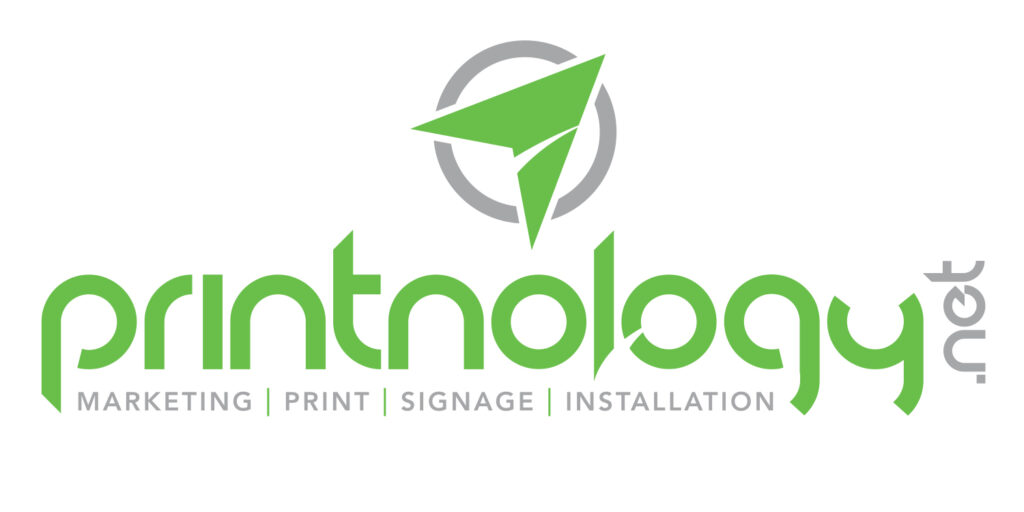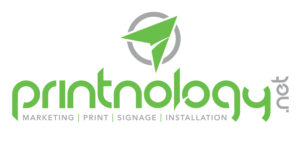Introduction
In the ever-evolving landscape of higher education, universities are constantly seeking innovative ways to enhance their campus environments. One such innovation is the use of data-driven design in university signage. This approach not only improves the aesthetic appeal of campuses but also enhances functionality and user experience.
What is Data-Driven Design?
Data-driven design involves using data analytics to inform and guide the design process. By analyzing data on student movement, campus hotspots, and user interactions, universities can create signage that is both functional and visually appealing.
Benefits of Data-Driven University Signage
- Enhanced Navigation: Data-driven signage helps students and visitors navigate the campus more efficiently.
- Improved Safety: By analyzing traffic patterns, universities can place signage in strategic locations to enhance safety.
- Cost Efficiency: Data-driven design reduces the need for frequent updates and replacements, saving costs in the long run.
Case Study: Successful Implementation
One notable example of successful data-driven signage implementation is at Novi High School in Michigan. The school utilized data analytics to optimize the placement and design of their exterior signage, resulting in improved navigation and a more cohesive campus aesthetic.
Conclusion
Data-driven design is transforming university signage by making it more functional, aesthetically pleasing, and cost-effective. As more universities adopt this approach, we can expect to see campuses that are not only beautiful but also highly efficient and user-friendly.











Leave A Comment